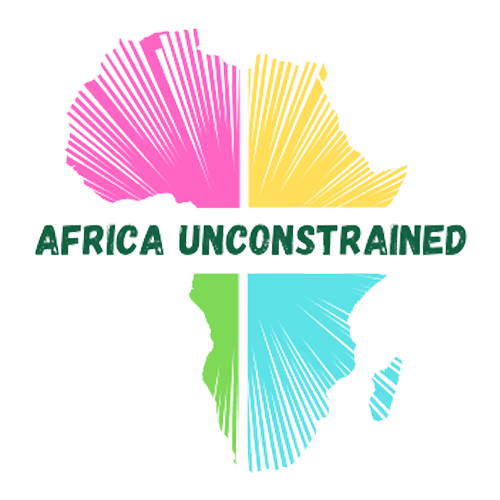
Data










Morocco’s public debt to GDP ratio was low in the early 1970s but steadily climbed until the mid-1980s, peaking at 117.71% in 1985. The ratio remained above 100% from 1984 until 1990, with a decreasing trend since then. Initially, debt rose due to a series of development plans to modernize the economy and increase production, which involved huge capital investment. But interest rates later rose, due to the global oil price shock in the late 1970s, and thus from the mid-1980s Morocco had to undertake a program of privatization and economic policy changes endorsed by the World Bank and the IMF, which explains the gradual decrease in its public debt to GDP ratio. However, Morocco was not part of HPIC and did not receive any debt cancellation from China over the 2000-2018.
Morocco’s economic growth has been on average 4.1% per year from 2000 to 2019. However, more recently the country’s economic growth has slowed for two consecutive years, from 4% in 2017 to 2.3% in 2019. In addition, alongside a decrease in grants from the Gulf Cooperation Council and a plan for rising social spending, Morocco is expected to borrow more from other countries and the private sector.
3.1%
Economic Growth
4 / 8
DR's Debt Transparency Index
76.6%
Gross Debt Position % Of GDP
-6%
Budget balance 2021
Morocco
Debt to GDP Ratio
Indeed, Morocco’s public debt level has increased every year since 2008, reaching 64% of GDP in 2018 due to a downgrade in economic growth and budget restructuring. However, Morocco allocated a similar proportion of government expenditure in debt interest payments and the health sector. In 2017, debt interest amounted to 8.5% of total government expenditure, compared to health expenditure of approximately 7.5%.. Given potential opportunity costs, it is important that the projects being funded by loans should help raise Moroccan citizen’s standards of living and generate a return.
Morocco
Revenue and Budget Balance
It should also be noted that Morocco scored joint middle in the Debt Transparency Index, given that it has and uses a medium-term debt strategy, but its government data portal is ineffective. Morocco is also a signatory to the Open Government Partnerships and recognizes freedom of information rules.

Chinese debt as a percent of Morocco’s total external debt stocks is very low. Chinese debt represents less than 1% Morocco’s external debt stocks. Morocco’s external debt has been largely to members of the Paris Club and international financial institutions – perhaps due to its relative proximity to Europe. However, China has brought at least nine fundamental Chinese official development finance projects in the country since 2000 according to China Africa Research Initiative.

China Debt : GDP Ratio (%)
External Debt Stock to China vs. Other Countries (USD millions)
No Data Found
As a middle-income country, the IMF does not classify Morocco’s debt position. However, the Jubilee campaign predicts a debt crisis in 2020, since it judges that debt payments are undermining the country’s economy. Given that Morocco’s economy is heavily dependent on tourism, the negative effects of COVID-19 due to border closures and travel restrictions make the country vulnerable, bringing into question its ability to pay the debt services. Fitch’s credit rating for Morocco was last reported at BB+ with stable outlook on October 23, 2020, which is speculative with an elevated vulnerability to default risk. But Morocco’s overall credit rating was distinctly higher than the average of the other countries in this report, suggesting its flexibility to service the financial commitments. Furthermore, Morocco has somewhat less outstanding infrastructure financing needs to meet the SDGs than many other countries examined in this guide. It may be possible to raise such finance domestically or from a range of creditors.
External Debt
No Data Found

No Data Found
Acknowledgements:
and The Development Reimagined Team
Statement on use of data:
55%
Listening Music
47%
Reading
36%
Gardening
25%
Sleeping


60%
Watching Tv
19%
Meditation




COVID-19
No Data Found


